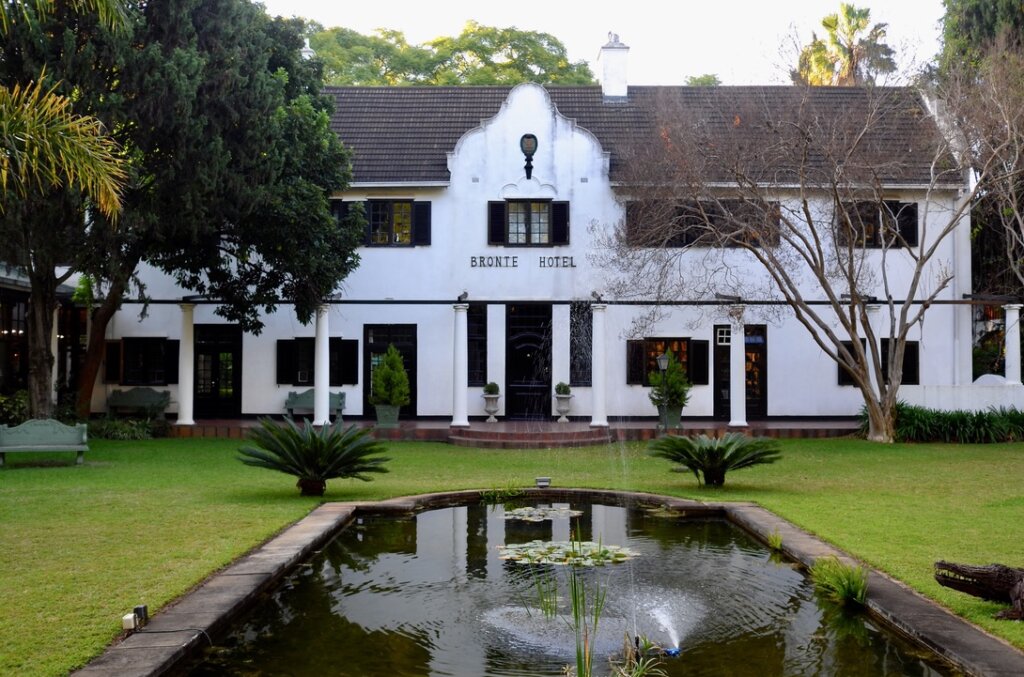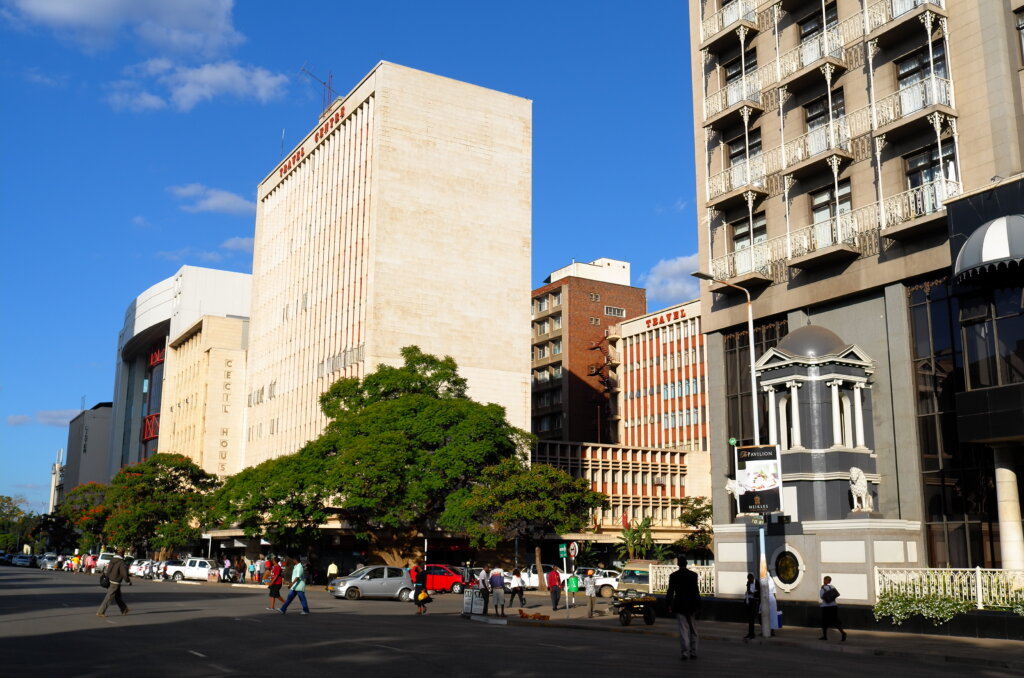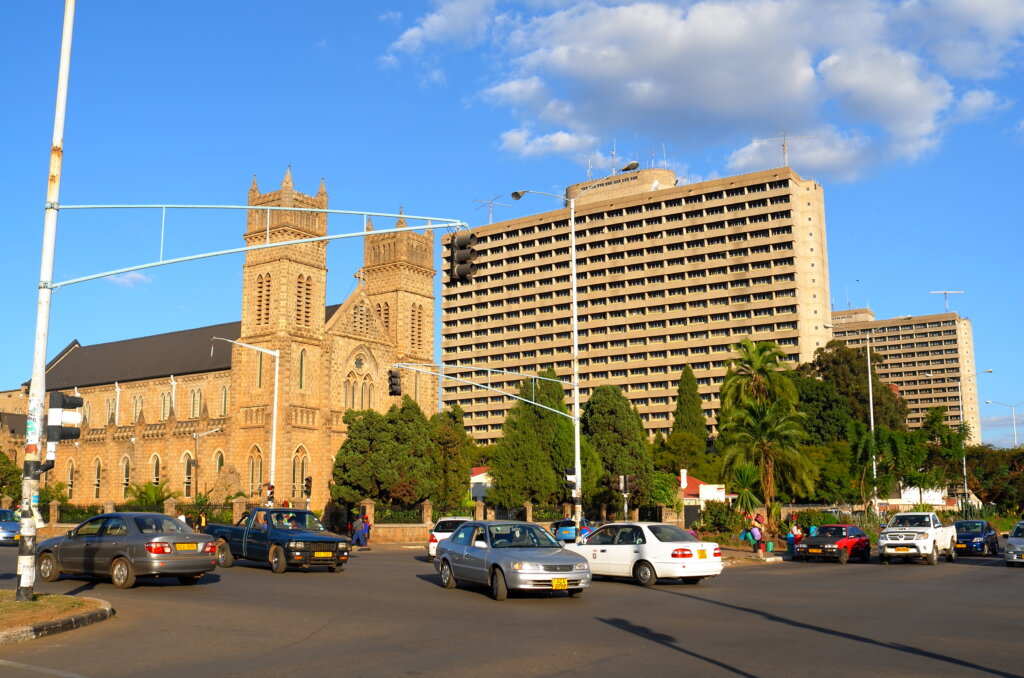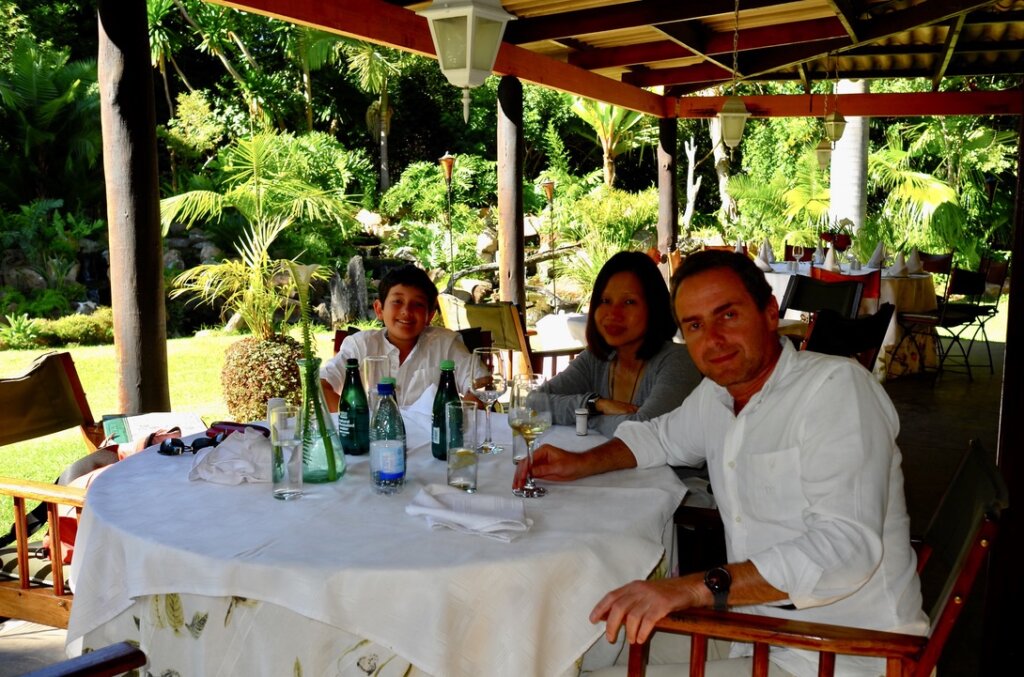Zimbabwe’s capital, Harare (Salisbury before independence) used to be known as the garden city of Africa. With its broad jacaranda-lined avenues, many parks and temperate weather, it was (and might just still be) one of the most pleasant cities in world.
It is possible today if one looks beyond the broken roads, garbage accumulating on the streets and constant power outages to guess the faint outline of the Harare of old. Charming bungalows in leafy suburbs manage to maintain their well tended gardens, patinated colonial buildings hold their own amidst the post-independence “socialist-realist” horrors built by Soviet and North Korean friends and the tree-lined streets remain safe for strollers – provided they are able to dodge their deadly potholes. In some ways, Harare is in the image of Zimbabwe as a whole. A charming city of dolce vita living whose resourceful and resilient people have managed to stay positive and welcoming. Thanks to those plucky Zimbabweans, it is not hard to look beyond the run-down, decrepit country of today to see the Zimbabwe that was – and the Zimbabwe that could be.





